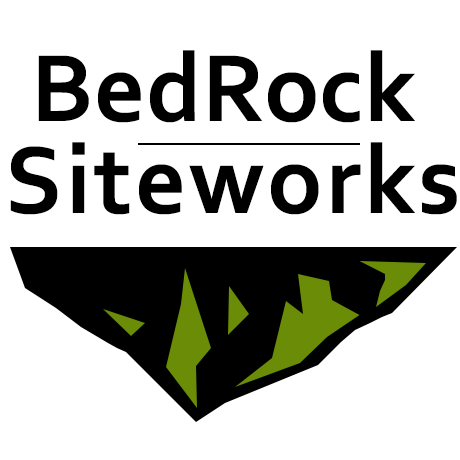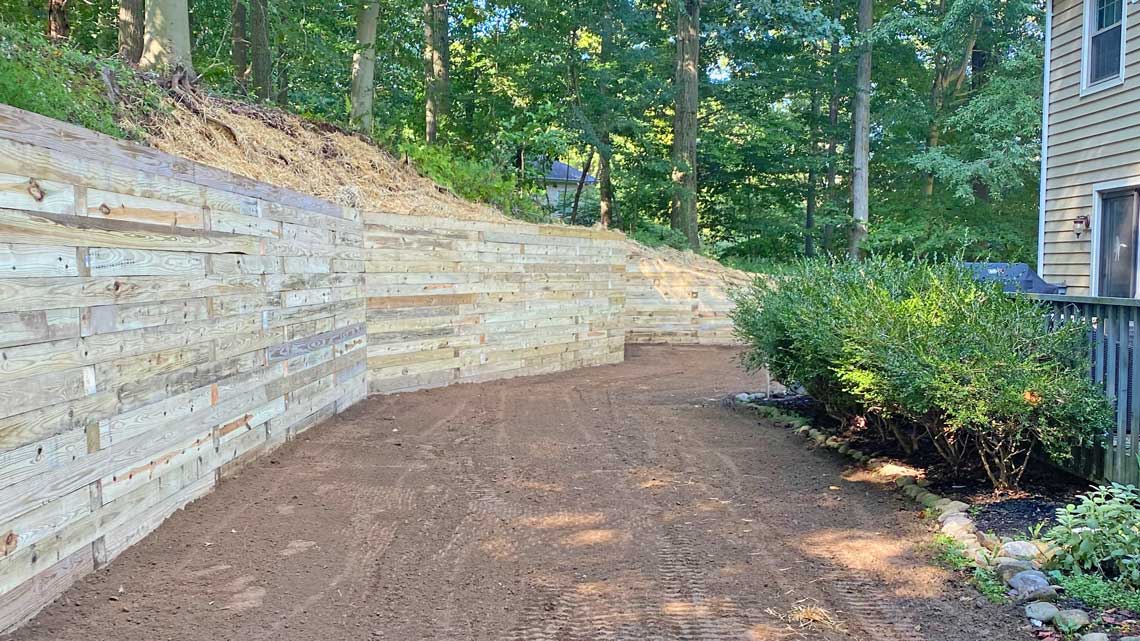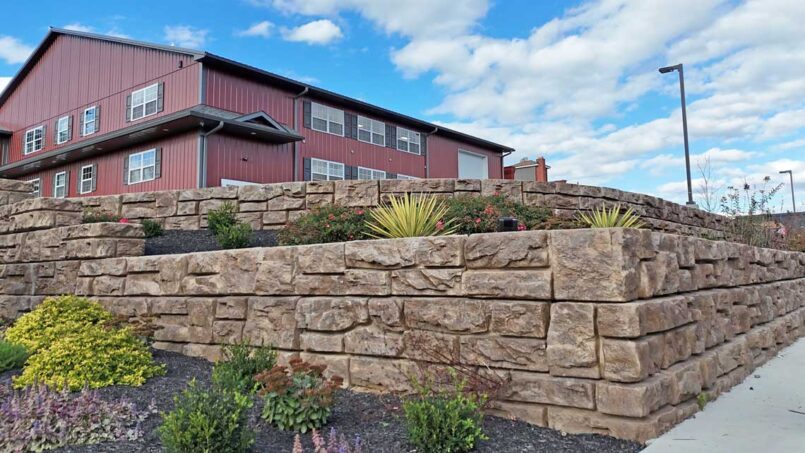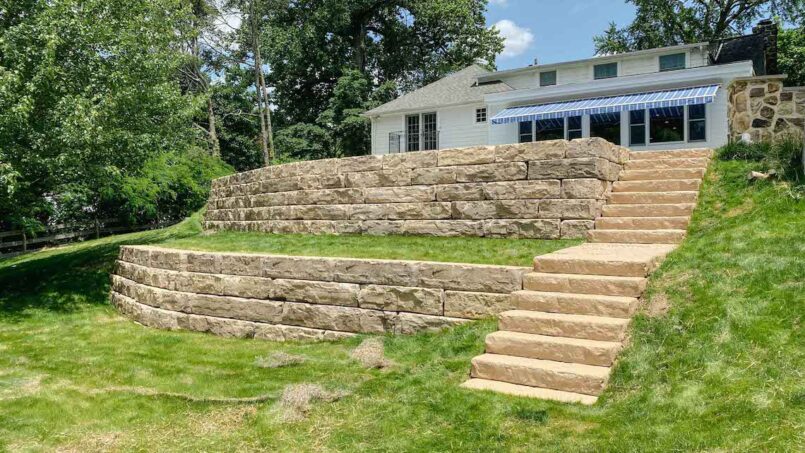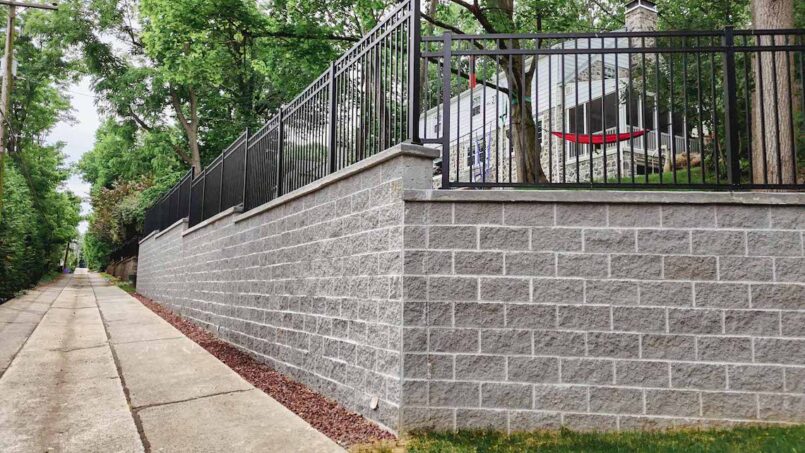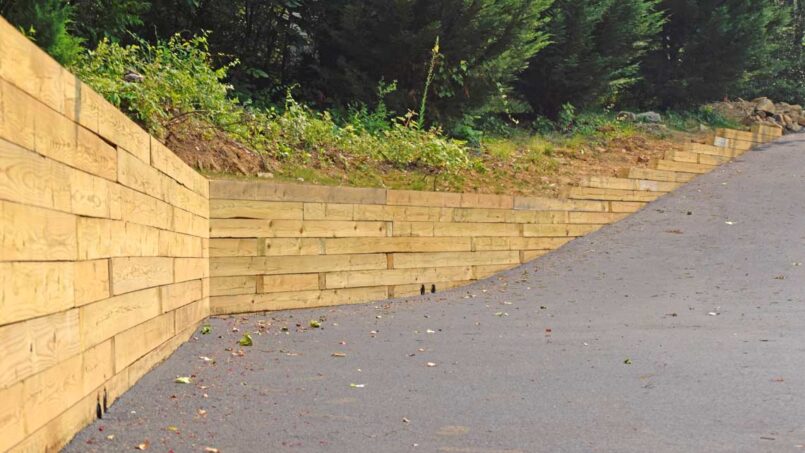The primary purpose of a retaining wall is to prevent erosion and to increase and enhance your usable space. Every retaining wall is under constant pressure, so designing and building the wall correctly is vital. At BedRock Siteworks, we back fill with stone, add a drainpipe, and then cross-brace the wall. This process gives the wall extra strength, carries water away, and lengthens the useful life.
Note that there may be an engineered structural plan requirement for retaining walls. This is typically when walls are higher than 3-4 feet.
